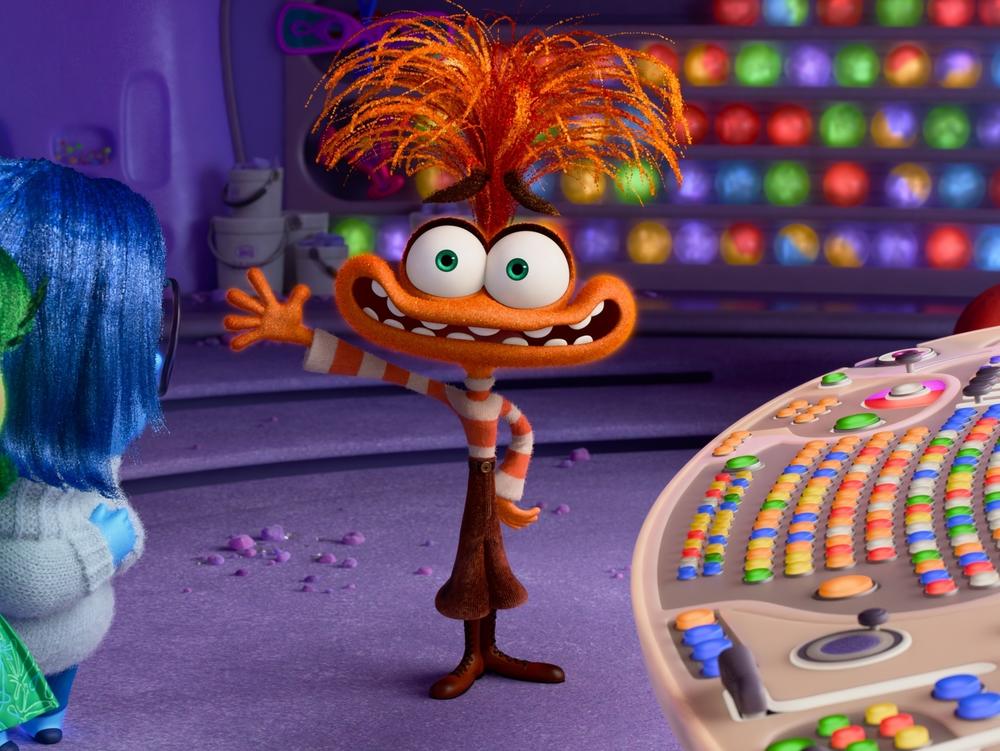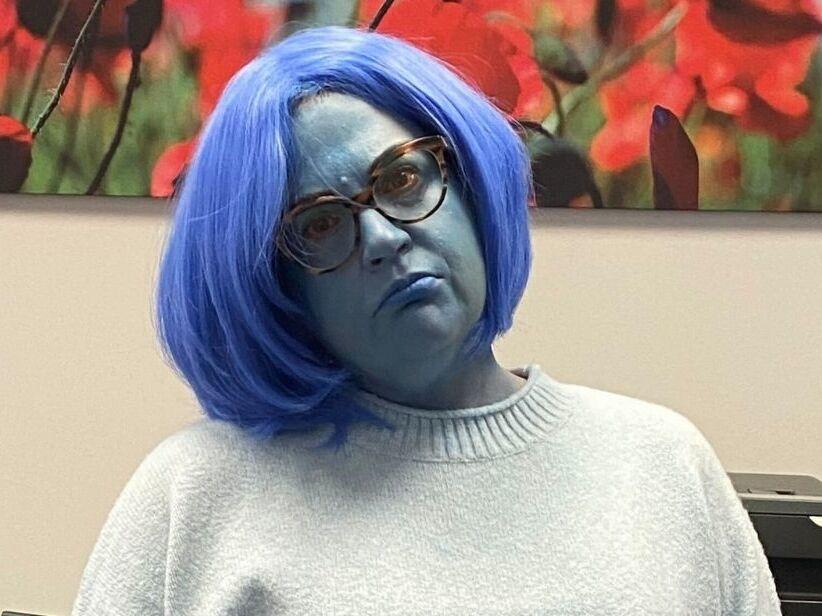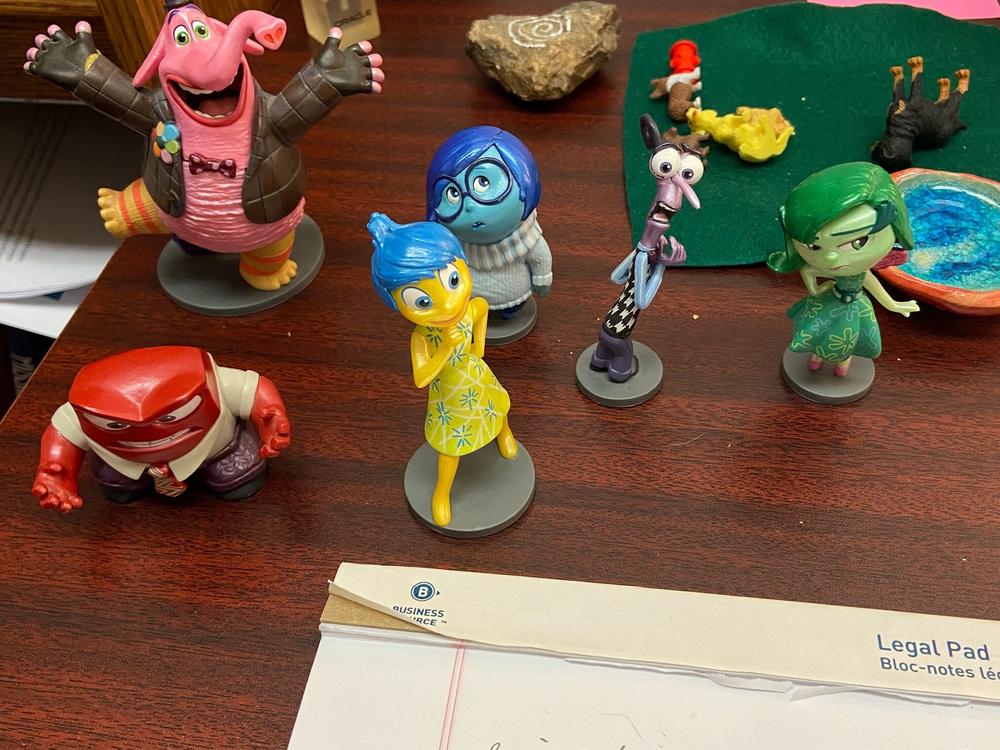Section Branding
Header Content
The 'Inside Out' movies give kids an 'emotional vocabulary.' Therapists love that
Primary Content
Move over Joy and Sadness. Anxiety and Embarrassment are taking over. Riley has hit puberty.
Pixar's new animated movie, Inside Out 2, reaches theaters this weekend, nearly 10 years since the first movie became a sensation, winning an Academy Award, topping the box office and then earning millions more fans on streaming.
In the sequel, as in the original movie, emotions are portrayed as anthropomorphized characters who control the mind of a spirited young hockey player named Riley. She was 11 in Inside Out. Now she's 13 and facing an onslaught of intense new emotions.
Resonating with kids
Pixar is expecting Inside Out 2 to do well at the box office, partly because the characters continue to resonate with teens and adults who saw the original as younger kids.
José, a ninth-grader who lives in New Jersey, said he saw Inside Out for the first time when it came out in 2015.
"Six-year-old me, after I saw that movie, I thought people were inside my head," he said. (NPR is using only José's first name because he attends a school for teens with social-emotional challenges.)
As he got older, José says, the movie played differently. He understood, for example, what happens when Riley pretends she's joyful when she's really sad.
"It was all like a hot mess. Like, she needed to let out her feelings," he said.
Kristi Zybulewski, a clinical social worker at Sage Alliance, Paramus, where José goes to school, said that most of the teenagers she works with have seen Inside Out, often on the recommendation of a therapist.
She said she's grateful for the movie because it gives kids an "emotional vocabulary" so they can name their feelings and because it supports what she tells her students in therapy: "All emotions are welcome. ... They're all necessary. They're all meaningful. They're all rich."
Zybulewski herself is a huge fan. She has dressed up as Sadness on Halloween and has figurines of all the emotions on her desk.
One of her favorite scenes in the first movie is when Sadness sits with tearful Bing Bong, Riley's imaginary friend from early childhood.
"The scene ... reminded me very much of being a therapist," said Zybulewski. "Sitting with sadness, sitting with difficult emotions, is something that so many people feel uncomfortable with. Understandably so. But it's such a gift we can give to each other."
Introducing … Anxiety
The idea of social-emotional learning, where students acquire the skills they need to regulate, understand and talk about their emotions, is now fairly common, but that wasn't always the case.
"When I grew up, emotions were not talked about a lot. It was something that my generation didn't really do a lot of," said Pete Docter, Pixar’s chief creative officer. He co-wrote and co-directed Inside Out and is an executive producer on Inside Out 2.
Still, young people today seem more comfortable talking about their feelings, he said, "which is great, because they are these powerful but largely hidden rivers that run beneath and power everything in ways that we're not even aware of."
But having emotional intelligence won't spare a child the tumult of puberty. And kids, teenagers and young adults have reported rising levels of anxiety.
In the new movie, Anxiety not only takes almost complete control of Riley's mind but also "bottles up" the characters of Joy, Sadness, Anger, Fear and Disgust, relegating them to "suppressed emotions."
Lisa Damour, one of the psychologists who consulted on both Inside Out movies, said it makes perfect sense that Anxiety would be a key character as Riley hits puberty.
"It's because they can anticipate more things that could go wrong," said Damour. "Fear tends to be the emotion that we have that reacts to immediate threats. Anxiety can imagine all of the things that can go wrong and worry about them."
Damour said she believes that the Inside Out movies help kids — and parents — validate emotions, including the painful ones, and show us that feeling those emotions can even make us better humans.
Fifteen-year-old José hopes the new movie helps adults too. "Not a lot of people understand teenagers," he said, "so this film will be a big help to parents [who] deal with kids becoming a teenager."



